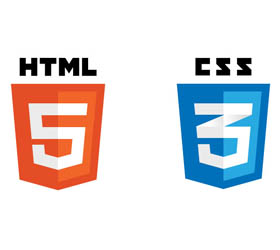Developers are finding that for the first time a robust and (with IOS11) widely available AR SDK “just works” for their apps. There’s no need to fiddle around with markers or initialization or depth cameras or proprietary creation tools. Unsurprisingly this has led to a boom in demos (follow @madewitharkit on twitter for the latest).
However most developers don’t know how ARKit works, or why it works better than other SDKs. Looking “under the hood” of ARKit will help us understand the limits of ARKit today, what is still needed & why, and help predict when similar capabilities will be available on Android and Head Mount Displays (either VR or AR).
Technically ARKit is a Visual Inertial Odometry (VIO) system, with some simple 2D plane detection. VIO means that the software tracks your position in space (your 6dof pose) in real-time i.e. your pose is recalculated in-between every frame refresh on your display, about 30 or more times a second. These calculations are done twice, in parallel.
The big advantage that VIO brings is that IMU readings are made about 1000 times a second and are based on acceleration (user motion). Dead Reckoning is used to measure device movement in between IMU readings.



